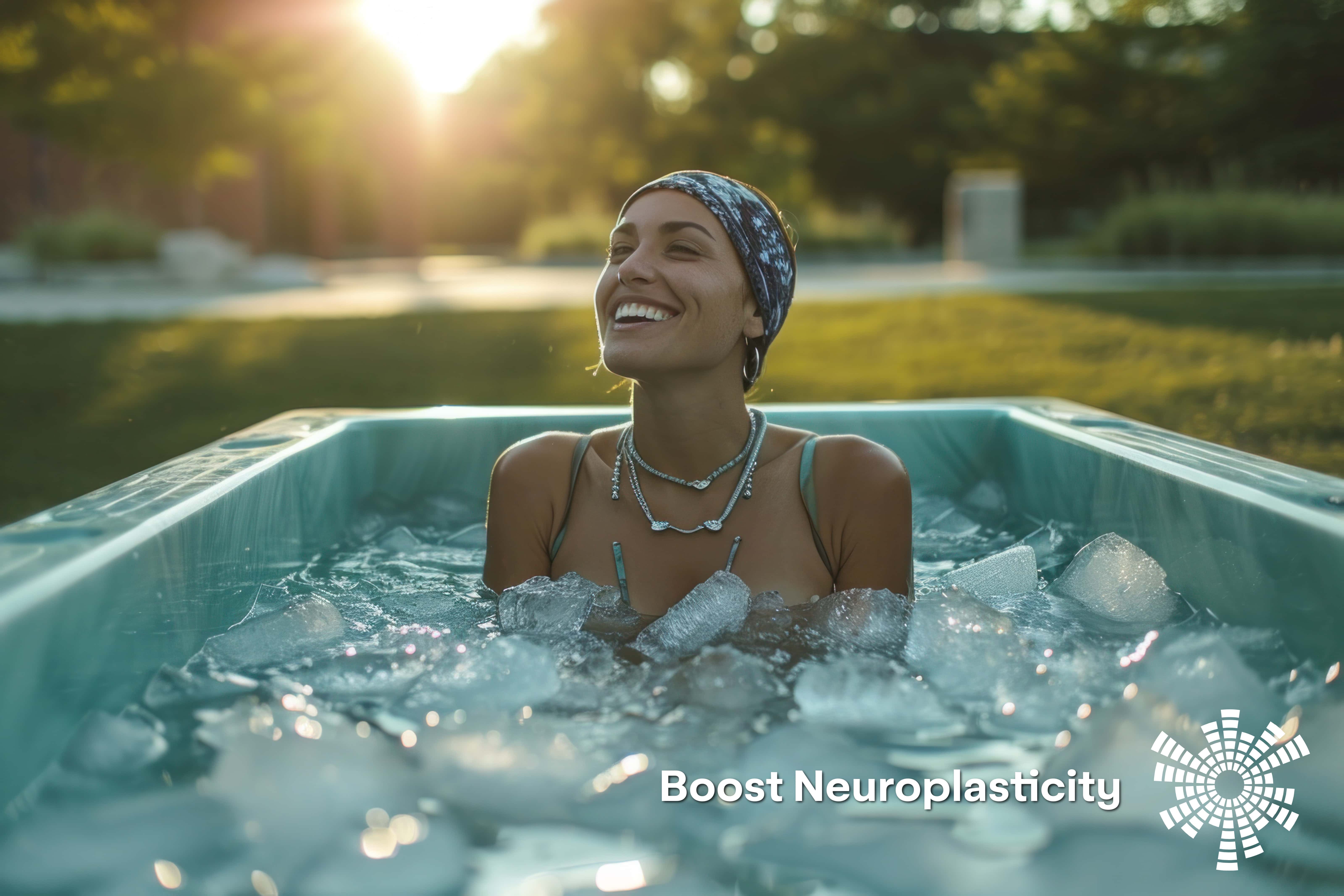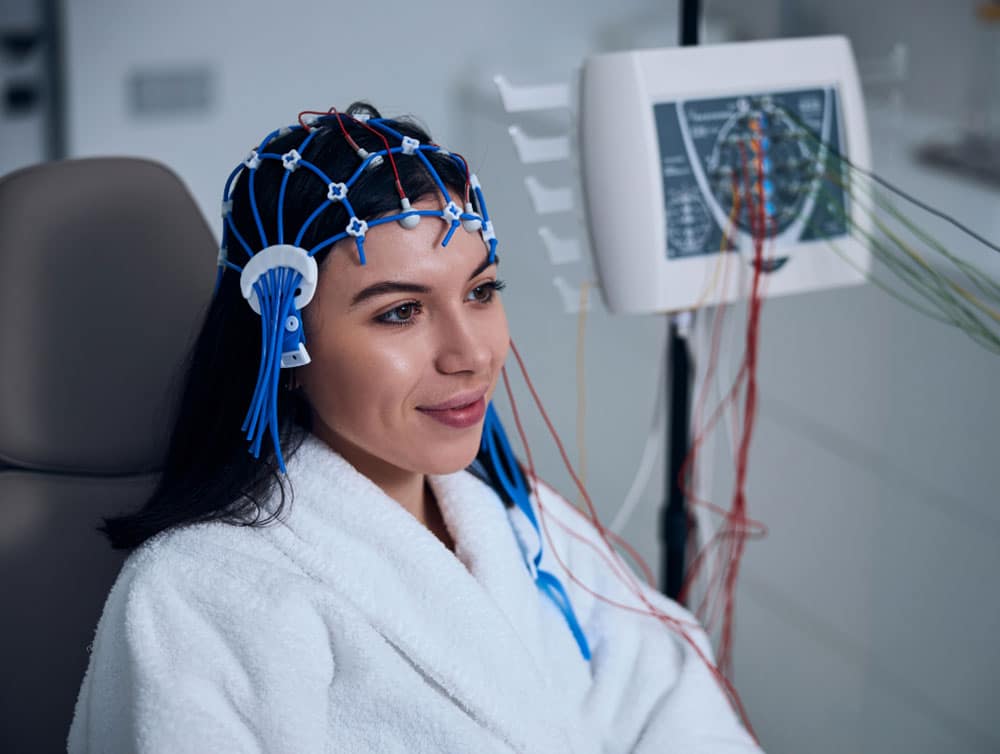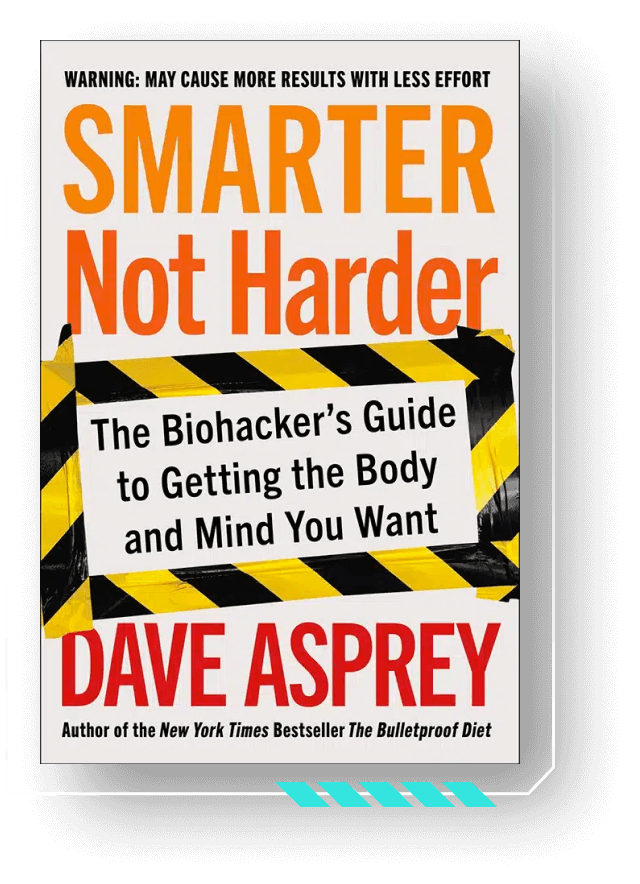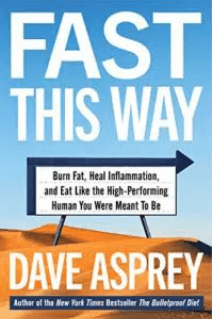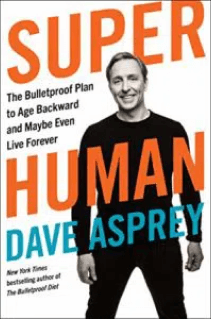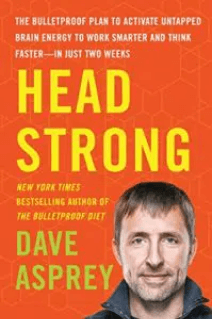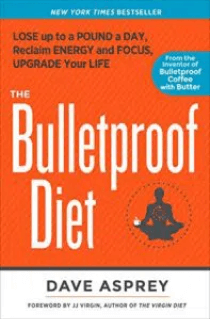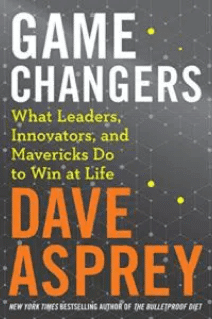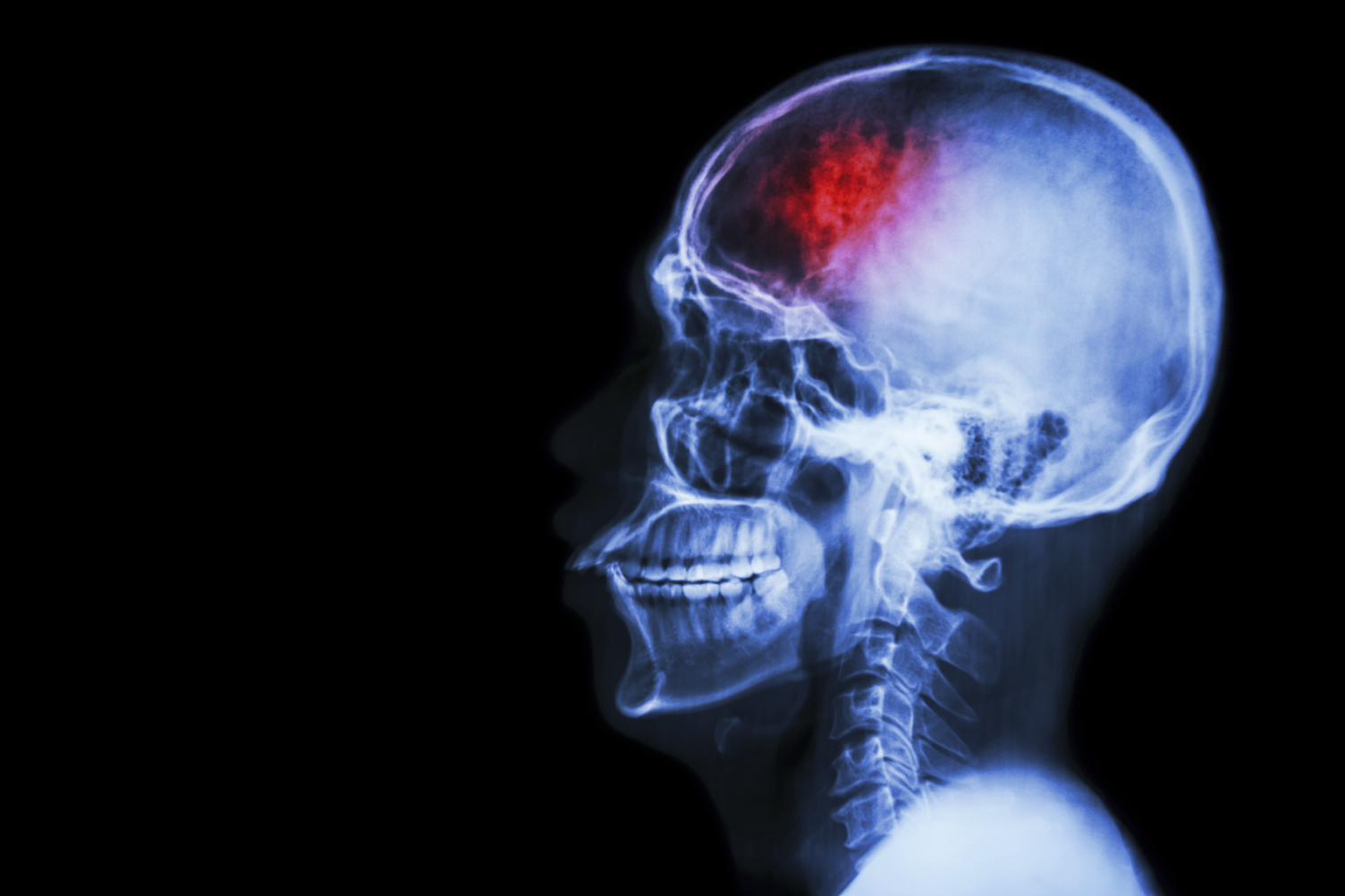
Traumatic brain injury (TBI) is a major cause of death and disability in the United States. Concussions, car accidents, falls – anything that rattles your brain – it’s all bad news. You’d think a brain injury would be obvious, but the symptoms and severity sometimes take time to develop.
Daniel Amen told me, ““Dave, this is the brain scan of someone who’s on street drugs, living under a bridge. It’s amazing that you held it together.”
I’ve suffered from TBIs twice in my life. The first time was about 15 years ago, when I was getting my MBA and just wasn’t performing cognitively. Symptoms were bad enough that I went to a brain specialist. A SPECT brain scan (single-photon emission computed tomography) confirmed that I had a chemically induced TBI that looked like physical brain injury, probably from years of mold exposure and a Standard American Diet, among other things.
Years later I showed that same SPECT scan to Daniel Amen, author of Change Your Brain, Change Your Life. Daniel told me, “Dave, this is the brain scan of someone who’s on street drugs, living under a bridge. It’s amazing that you held it together.”
More recently, I had a nasty run-in with a tile floor and suffered another brain injury. It’s a story worth listening to if you ever hit your head or you know someone who has. (Hear all about it on Bulletproof Radio #333).
Any brain injury is serious stuff — and not uncommon. About 1.7 million people suffer a TBI every year, according to the Center for Disease Control. But here’s the deal: brain injuries require a doctor’s attention. If you hit your head hard enough to have symptoms, go to the ER to check for bleeding in the brain. Then, read on for my non-medical advice for what to do when bouncing back from a concussion.
[Tweet “Biohacking advice for bouncing back from concussion from @bulletproofexec #TBI “]
What to do if you suspect a brain injury
If you think you might be suffering from a TBI, get a diagnosis immediately, even if you’re unsure. Don’t risk it. You want to catch brain injuries early. And, of course, the hacks in this article should be cleared by a licensed physician.
Some general symptoms* to look out for are:
- Feeling addled, slightly off
- Loss of cognitive ability, particularly memory
- Brain fog
- Headache
- Personality change, such as being unusually short tempered, unusual cursing
- Sensitivity to light and noise
*Note: TBI symptoms may not appear immediately after trauma. They can take a couple weeks to kick in.
[Tweet “#TBI FYI – If you hit your head, symptoms and severity sometimes take time to develop.”]
DIY first responses:
If you think you’ve had a TBI:
- Avoid strenuous activity, including anything physically, mentally, or emotionally taxing. Rest your eyes and your brain. That means little to no reading or even watching TV
- Avoid bright lights and loud sounds
- After a TBI, there’s a higher risk of a secondary brain injury. Minimize airline travel and avoid high impact activities in the 6 weeks or so following a brain injury
Supplements to consider:
- Fish Oil or Krill Oil: This is important. Please check with a medical professional to ensure there is zero bleeding or potential for bleeding before you take fish oil or any other blood-thinning supplements or medications. Fish/krill oil can be either very helpful or very dangerous, depending on the nature of your injury.
- Bulletproof Glutathione Force: Decreases levels of reactive oxygen species molecules that damage cells. Glutathione is your body’s master antioxidant. It protects you further against free radical damage.
- Bulletproof Upgraded Aging Formula and Bulletproof Unfair Advantage: Both facilitate the conversion of NAD+ to NADH, which is great for your mitochondria.
- Topical progesterone: Progesterone has neuro-protective properties that work through several different mechanisms to repair damage and reduce inflammation. [1]
What you should eat:
With any brain injury, your mitochondrial function is at risk. Your mitochondria are the powerhouses of your cells – they produce ATP, which you use for energy. TBIs can damage your mitochondria, impairing your brain’s energy production and limiting its ability to heal. Your mitochondrial health impacts both your performance and your longevity.
The number one thing you can do right away when mitochondria are at risk, which is what happens with traumatic brain injury, is to go into ketosis. There are a couple of ways to do this. Read more about nutritional ketosis here. There’s also some great podcasts about ketosis with Dominic D’Agostino here and here.
[Tweet “How to eat after a brain injury. #TBI #ketosis”]
To do this quickly, you can also use Brain Octane Oil, which will help support cognitive function and get you into a state of ketosis pretty quickly, even if you’ve eaten some carbs. You can also use things like ketone esters and ketone salts to facilitate a ketogenic state.
Advanced biohacking techniques for TBIs:
- hyperbaric oxygen chamber
- infrared sauna
- pulsed electromagnetic frequencies (PEMF)
- low-level light therapy (LLLT)
- intravenous glutathione
- high dose growth hormone for 1-2 weeks post injury (prescription required)
- EEG brain scan to identify specific areas of trauma
- Neurofeedback to retrain the affected areas of the brain
If you or someone you know has suffered a brain injury, pass on these tips and tools. And I’d love to hear about any hacks I’ve missed in the comments below.
And don’t forget to check out this recorded report on hacking a concussion.
References
[1] http://www.ncbi.nlm.nih.gov/pmc/articles/PMC3854945/

